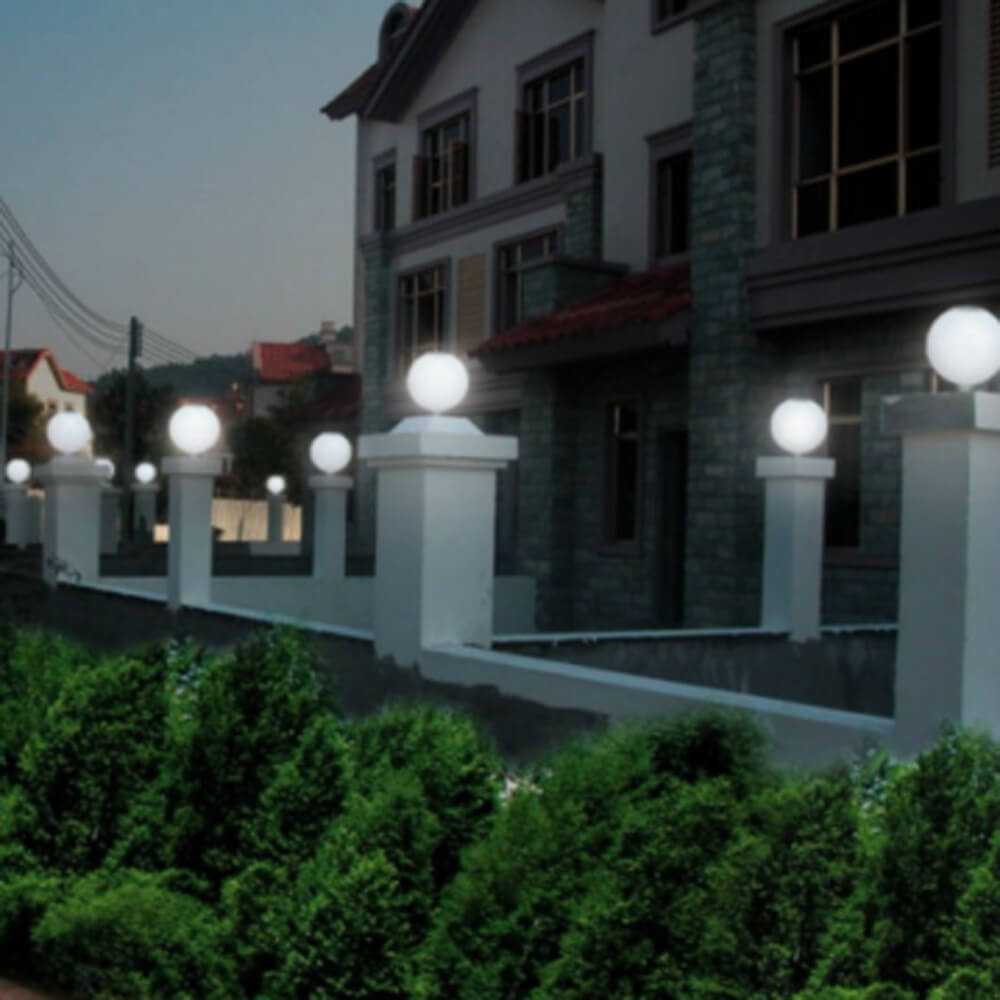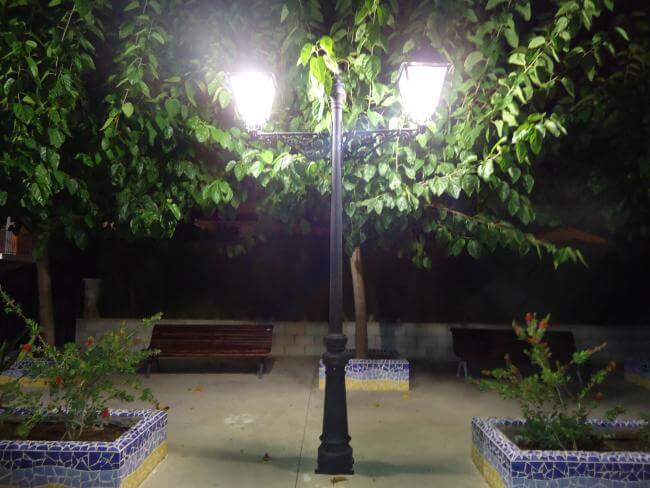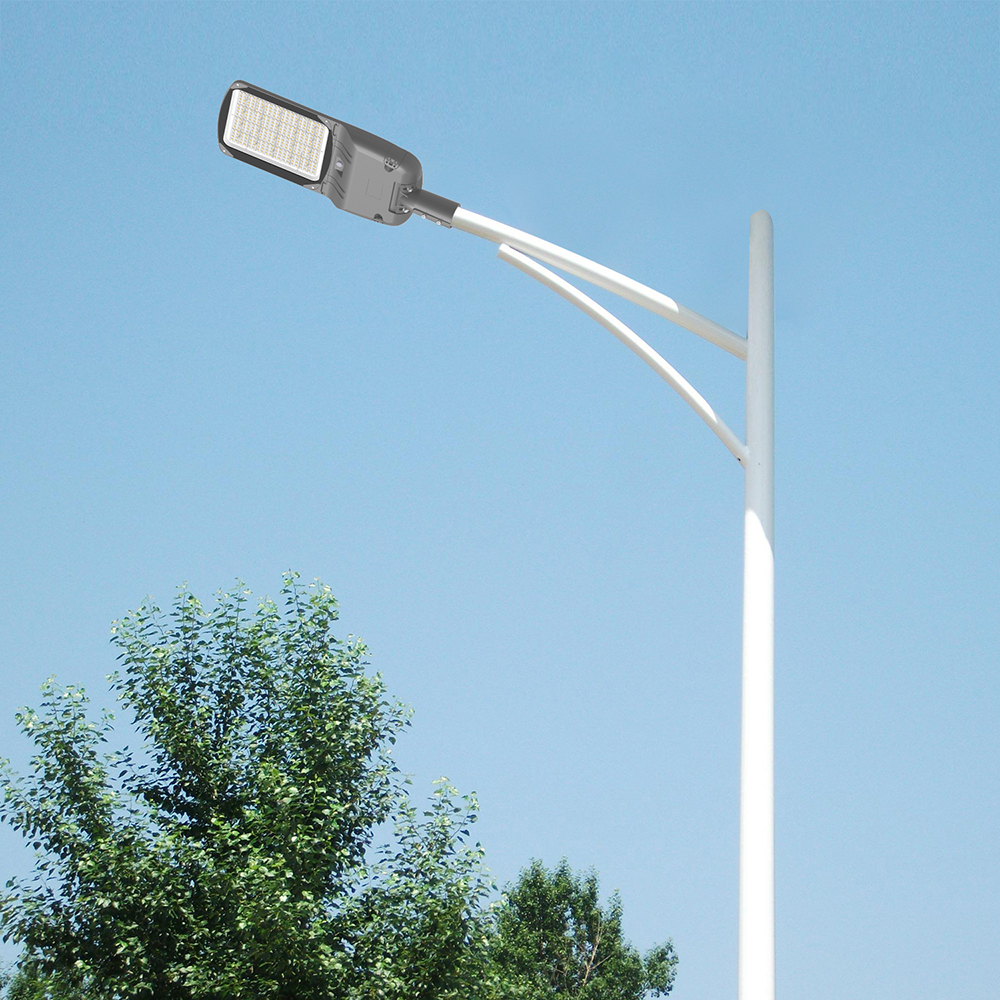Lighting is one of the important components of any space. It can be an office, a home, or even our workplace. Are there similar recommended lumens per square foot? yes. We are serious. Lighting plays an important role in creating a regional atmosphere. The situation will improve when you consider the recommended lumens per square foot.Proper lighting plays a crucial role in many aspects. A person’s mood, aesthetics, and productivity can all be improved through lighting. But one thing you must understand is the amount of light. There is a certain amount of perfect lumens. This depends on many factors, such as size, intent, and the amount of light already present. In this blog post, we will discuss all these aspects in detail.
First, we will discuss what is lumen. As we move, we will discuss the importance of having the right amount. We will also find the recommended lumens per square foot and how to calculate them. Finally, we will discuss some of the most common FAQs people encounter when recommending Lumens.Lumens describe the brightness (amount or intensity) of light. Lumens are the brightness counts of light. It is the international unit of measurement of light. In scientific terms, lumens are a measure of luminous flux. It measures the amount of visible light emitted from a light source within a given time.It is a standard scale for measuring brightness. Every light source, from fluorescent lamps to LEDs, uses this scale. Therefore, it is important to understand the recommended lumens per square foot.
For a long time, we have measured light in watts. Although correct, Watts describe the power used by the light source. It is a measure of energy. However, lumens are an accurate measure of brightness. The higher the lumen, the brighter the light. Before lumens became the standard, watts determined the power of the light source. The higher the wattage, the higher the wattage, and the brighter the bulb. Today, this calculation does not work. There are various lights on the market now. They have different energy needs. For example, LED bulbs are more energy efficient than other bulbs of the same wattage. This means that LEDs use less energy (watts) and output more than comparable LEDs. Watt is not an accurate measure of brightness because bulbs are energy efficient. Therefore, lumen is the correct measure for checking the brightness of a light source.

Lumens determine the amount of light required to illuminate a space. Each space requires a different amount of lumens. Your lumen requirements depend on the size and intended use of the room.But how do you determine how many lumens are required for an area? You should consider many factors.The size of space plays a key role in determining lumen requirements.What is the purpose of the room? What activities will be held? Do activities (cooking, sitting, or sleeping) require less or more light?The taste of the owner/occupier is also important because they choose light sources based on their taste.
The lumen of a light source in space is very important. It affects many things. If there is a suitable lumen in your area, it will be the best.First, it controls the function and atmosphere of the area. If the lumen of a space is low, the lighting will be too dark, and sufficient visibility may become an obstacle. If there are too many lumens, the room will be too bright. This will make it difficult to sit in the area for long periods of time.The number of lumens also adds an appropriate aesthetic to your home. For example, if you need to highlight something with lights, you should use bright lights. You can use lights to set the atmosphere of the area.
In addition to functionality and atmosphere, they are also essential for energy conservation. Using too much lumen in a narrow space can lead to excessive energy consumption. This will also lead to higher electricity bills. But if you use a light bulb with too few lumens, you will have to use more light. This will also lead to more energy consumption and high electricity bills.
Therefore, an appropriate lumen ensures sufficient light in the area. The space is fully functional, energy efficient, comfortable, and has the right atmosphere.Recommended lumens per square foot of room
Do you have any questions about the amount of lumens required per square foot? Do you know that different rooms have different light intensity requirements? yes. All rooms in your location require additional lighting settings. In this section, we will discuss this in detail. So, let’s continue.
1. Lumens per square foot required for the living room
The living room is one of the most important places to discuss a house. This is where we relax and spend most of our time. In addition, you and your friends had a great time in the living room. What is the ideal lumen for the living room? The answer is 20-30 lumens. If you have about 100 square feet of space, you will need 2000 to 3000 lumens.
2. Required lumens per square foot for kitchen
The kitchen is the place where you spend the most time completing important tasks. Cooking, cleaning, and other preparatory work require sufficient light. The ideal lumen required for the kitchen is approximately 30-40 lumens. If we look at every 100 square feet, you will need 3000 to 4000 lumens.
Recommended lumens per square foot of bathroom
Bathrooms need sufficient lighting to ensure proper decoration and hygiene. When preparing in the morning or performing daily skin care, you need light. Therefore, the ideal lumen range required for a bathroom per foot is 50 to 70. If you calculate, it’s 5000 to 7000 lumens.
Recommended lumens per square foot of bedroom
In our home, the bedroom is the most relaxing place for us. This is a place where peace and tranquility come to us. Higher brightness is not a desirable thing here. Your bedroom requires 10 to 20 lumens per foot. For example, if you have a bedroom that is approximately 100 square feet, you need 1000 to 2000 lumens. So if you have so many lumens, it will help.

5. How many lumens are required to illuminate a room in the workplace
To improve efficiency and productivity, you need adequate lighting. Offices and workplaces require 50 to 75 lumens per foot. For an office of approximately 100 square feet, you need 5000 to 7500 lumens. It will bring enough motivation and productivity to your workplace.
Important FAQs about recommended lumens per square foot for your space
How many lumens does a room require? I assume you know the recommended lumens per square foot for your space. However, you may come up with some issues. The following sections will ensure that any concerns are resolved for you.
How many lumens per square foot is sufficient for a room?
Lumens per foot depend on many factors. These factors include the type of room, the purpose of the location, the size, and so on. Therefore, you must first understand room dynamics. You can dynamically adjust and adjust the amount of light based on these. So the number of lumens per square foot depends on your needs.
Are these numbers worth paying attention to?
Many people believe that the lumen number is not important. This is a wrong consideration. Most of us do not know that the lumen number must be considered when purchasing a lamp. Most of us tend to buy lights in watts. This is not the correct method. The next time you purchase a lamp, please consider the number of lumens required for your room.
BBIER®, Professional Commercial LED Lighting Manufacturer & Company & Supplier & Factory, Supplying:odm LED Dock Lights, odm Canopy Lights, odm Corn Bulbs, odm Gas Station Lights, odm Grow Lights, odm Linear Lights, odm Temporary Lights, odm UFO High Bay Lights, odm Explosion Proof Lights, odm Flood Lights, odm Garden Lights, odm Post Top Lights, odm Parking lot lights, odm Shoebox Lights, odm Sport Lights, odm Stadium Lights, odm Street Lights, odm Wall Pack Lights, odm Solar Post Top Lights, odm Solar Street Lights, odm Classroom Lights, odm Emergency Lights, odm Exit Signs, odm LED Ceiling Fans, etc. We have over 13 years of commercial lighting R&D experience, 50+ LED lights patents, 200+ LED Lights Certifications, Support OEM & ODM, 5 Years Warranty.




